Sofrito Chicken: A Global Spice Tradition with a Dash of Flavor!
Table of Contents
- Introduction to Sofrito Chicken
- Global Spice Traditions Behind Sofrito
- Essential Spices in Sofrito Chicken
- How to Make the Ultimate Sofrito Chicken
- Pro Tips for Perfect Sofrito Every Time
- Global Variations of Sofrito Chicken
- Pairing Sofrito Chicken with Sides and Drinks
- Storing and Reheating Like a Pro
- Conclusion
Introduction to Sofrito Chicken
If you’ve ever walked into a kitchen where sofrito is cooking, you know that it smells like magic in a pot. This aromatic base of onions, peppers, garlic, and herbs forms the flavor foundation of countless dishes around the world — and when it meets chicken? Let’s just say your taste buds better buckle up.
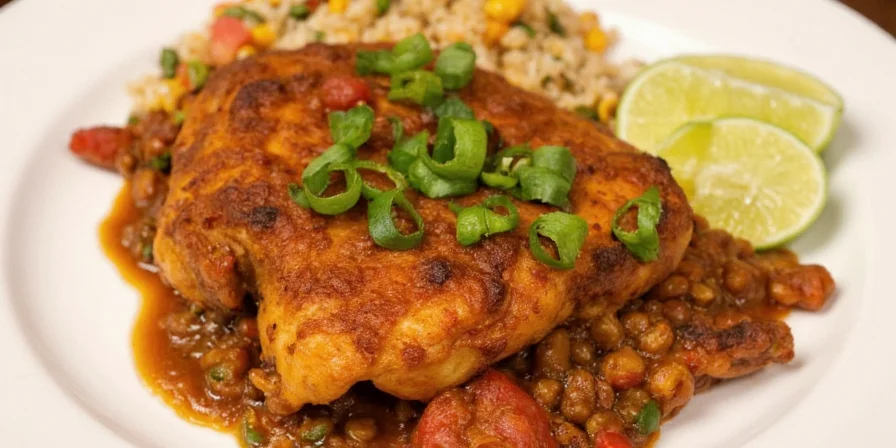
Fig 1. Fresh ingredients for making sofrito from scratch.
Global Spice Traditions Behind Sofrito
The word “sofrito” may be Spanish, but versions of this technique are found all over the globe:
- Spain: Olive oil, tomatoes, bell peppers, onions, garlic
- Latin America: Onions, peppers (especially ají), garlic, culantro or cilantro
- Asia: Ginger, lemongrass, shallots, chili, turmeric paste
- Africa: Onions, tomatoes, ginger, chili, spices like berbere or ras el hanout
| Region | Base Ingredients | Distinguishing Spice |
|---|---|---|
| Spain | Onion, garlic, bell pepper, tomato | Olive oil, paprika |
| Puerto Rico | Onion, garlic, recao (culantro), ají dulce | Adobo seasoning |
| West Africa | Tomato, onion, chili | Berbere, crayfish |
| Thailand | Garlic, chili, lemongrass | Lemongrass, kaffir lime leaves |

Fig 2. A colorful spice market showcasing global flavors that inspire sofrito variations.
Essential Spices in Sofrito Chicken
Whether you’re making Caribbean-style or West African-inspired sofrito chicken, certain spices elevate the dish from good to “I need to call my mom and tell her about this dinner.”
- Ginger – Adds warmth and zing
- Cumin – Earthy and bold
- Turmeric – Vibrant color and subtle bitterness
- Chili Powder / Scotch Bonnet – For that kick
- Bay Leaf / Thyme – Herby undertones
- Allspice – A hidden gem for depth
How to Make the Ultimate Sofrito Chicken
Ready to get your chef on? Here's how to make a killer sofrito chicken:
- Step 1: Chop your aromatics finely — onions, garlic, peppers, carrots if you're feeling fancy.
- Step 2: Heat oil in a heavy-bottomed pan. Add the sofrito base and sauté low and slow until everything is caramelized and fragrant (about 10–15 minutes).
- Step 3: Add spices and toast them slightly to unlock their oils.
- Step 4: Toss in chicken pieces (bone-in for extra flavor!) and brown on all sides.
- Step 5: Add broth or coconut milk and simmer until tender and flavorful.
- Step 6: Taste, adjust, garnish, and serve!
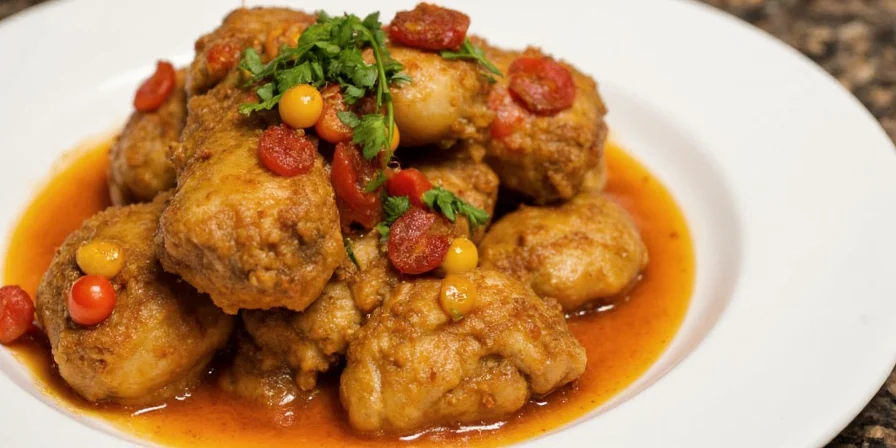
Fig 3. Simmering the chicken with the rich sofrito base for deep flavor infusion.
Pro Tips for Perfect Sofrito Every Time
- Use a food processor – Blend your aromatics for a smoother sofrito without hours of chopping.
- Don’t rush the sauté – Low and slow develops those complex flavors.
- To peel or not to peel? – If using tomatoes, blanch them first for silky texture.
- Fat equals flavor – Use chicken skin fat or olive oil to cook the base for richness.
- Freeze leftovers – Make a big batch and freeze cubes for future meals.
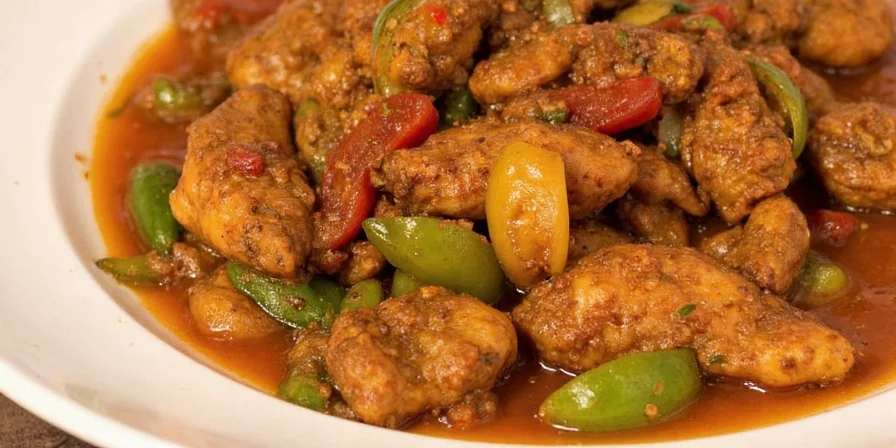
Fig 4. Using a food processor makes quick work of prepping the sofrito base.
Global Variations of Sofrito Chicken
Let’s take a culinary trip around the world with some fun twists on sofrito chicken:
- Caribbean Jerk Sofrito Chicken – With scotch bonnet, thyme, allspice, and a hint of citrus
- Moroccan Ras el Hanout Chicken Stew – Rich, spiced, and served with couscous
- Thai Yellow Curry Chicken – Coconut milk + turmeric sofrito = comfort dreams come true
- Nigerian Jollof Chicken – Tomato-based, smoky, and packed with flavor
Pairing Sofrito Chicken with Sides and Drinks
No great meal exists in isolation. Here are our top pairings for sofrito chicken:
- Sides – Rice (white, coconut, or jollof), crusty bread, grilled veggies, fried plantains
- Drinks – Coconut water, mango lassi, spicy margarita, or a chilled rosé
- Dessert – Pineapple sorbet, coconut flan, or rum cake (because yes)
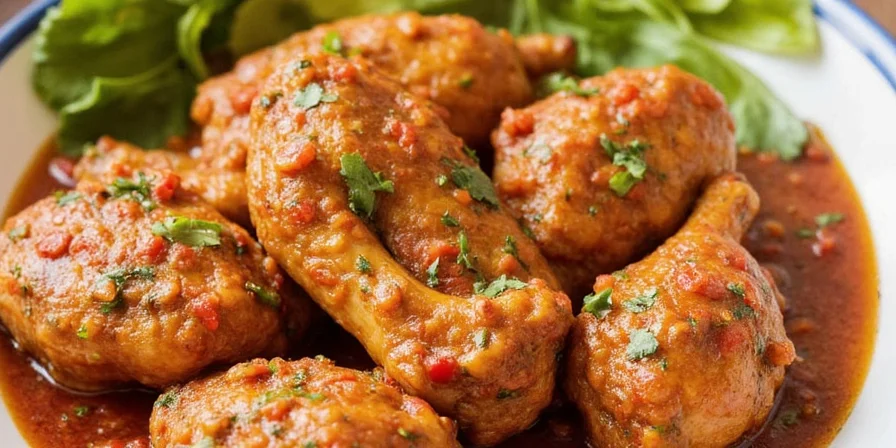
Fig 5. A beautifully plated sofrito chicken dish with colorful sides.
Storing and Reheating Like a Pro
- Store in airtight containers for up to 4 days in the fridge.
- Freeze for up to 3 months – portion out for easy weeknight dinners.
- Reheat gently on the stove with a splash of broth to revive the sauce.
- Don’t microwave unless desperate – it ruins texture and soul alike.
Conclusion
Sofrito chicken isn't just a dish; it’s a love letter to global spice traditions. Whether you're channeling your inner Spanish abuela, Jamaican auntie, or Thai street vendor, one thing is clear: the magic starts in the base.
So next time you're staring into your fridge wondering what to cook, remember: there’s no such thing as too much sofrito — only opportunities to make every bite more delicious.

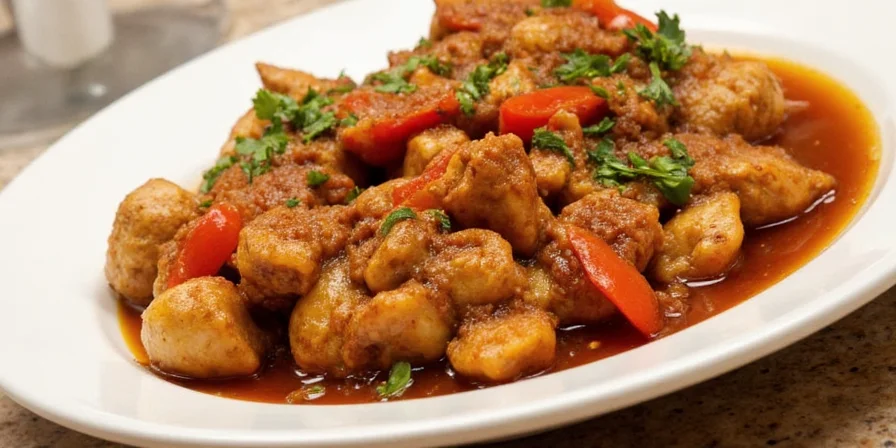









 浙公网安备
33010002000092号
浙公网安备
33010002000092号 浙B2-20120091-4
浙B2-20120091-4